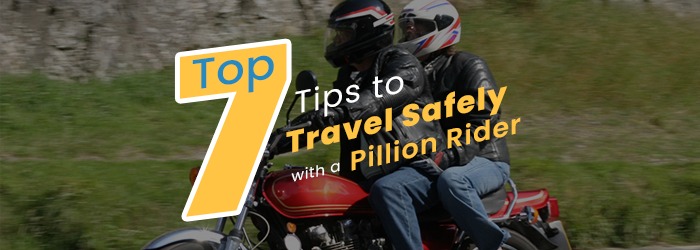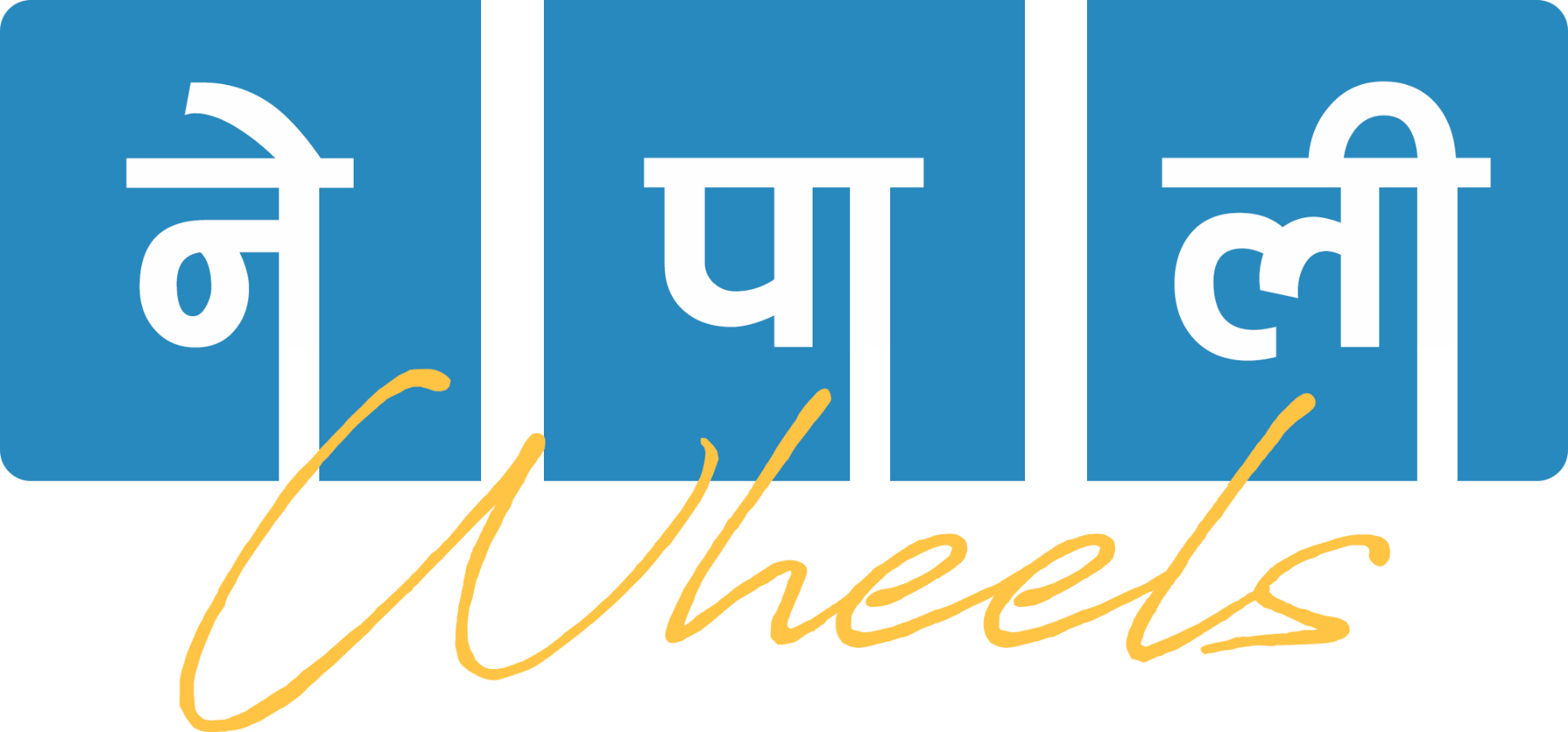
A two-wheeler is regularly a difficult vehicle to ride. It has to be well balanced, operated and rode by an individual. If a second individual is added onto the two-wheeler, the task gets even more complex. Not as complex as I made it sound here, but both the rider and the pillion passenger are equally responsible for making the entire ride more safe and smooth. We have curated a list of 7 tips that will leverage safe travel with a pillion and these tips are directed towards both the rider and the pillion.
a. Can your two-wheeler handle a pillion??
- This one is for the riders. Can you bike or scooter currently handle a pillion passenger? Is it able to function normally with an additional weight onto it? The rider must first recognize if the current status of the bike or scooter is fit enough to handle the pillion. This can be an unsaid fact that two-wheelers are able to handle two people on them but some uncertain situations might occur when the rider has to be aware of.
b. Pillion Helmet is a must!
- The helmet culture for pillion passengers in Nepal is non-existent. People here find it unnecessary to put on a safety helmet during a two-wheeler ride. But it is a basic necessity that people here quite don’t understand and follow. During an unfortunate incident, there are severe injuries to the pillion passenger rather than the rider as they are not well protected, especially they do not have a helmet on them. Thus, it is essential to recognize the importance of pillion helmets.
c. No unnecessary movements please!
- This is very general yet crucial information to the pillion. Sudden unprecedented movements are disturbing the riders ability to ride safely. As the rider is responsible for balancing the two-wheeler, the pillion and riding the bike as they are on the handles, a pillion passenger must be aware of their movements and not distract the rider under any circumstance.
d. Safe distance between the rider and pillion!!
- If one is not comfortable in tightly holding the rider, a safe distance close to the rider must be maintained. Closer the distance, safer for the pillion during sudden accelerations and brakes. If the distance is wide, there are heavy chances of the pillion falling off the two-wheeler and causing casualties.
e. Communication is KEY!!
- Information and alerts before sudden brakes or heavy acceleration of deceleration is very important to maintain as the pillion is unaware of what the rider would do next. The rider must be able to inform the pillion passenger about the sharp turns, brakes and speed bumps so that the passenger in the pillion seat can prepare themselves to be safe.
f. Longer travels? Backrests? YES!!
- Keeping the pillion passengers' comfort as a priority here, if the two-wheeler is out on a longer ride, a backrest is a must. It can get really uncomfortable for the person on the pillion to not lean onto anything for a long period of time on the road. An uncomfortable pillion passenger will try to find a comfortable seating position where they will have to continuously change their positions. Consequently, there may occur a disbalance in the two-wheeler and uncertain situations might take place.
g. Eyes on the ROAD!!
- Yes, the rider, obviously and then the pillion has to have their eyes glued to the road. It is necessary to be aware of the foreign situation and elements surrounding the two-wheeler. As the pillion passenger is able to navigate what is happening on the road, it will be easier for them to react according to the rider's tone of movements. It will be easier for the rider as well as they will not have to convey everything to the passenger seated on the pillion.

























